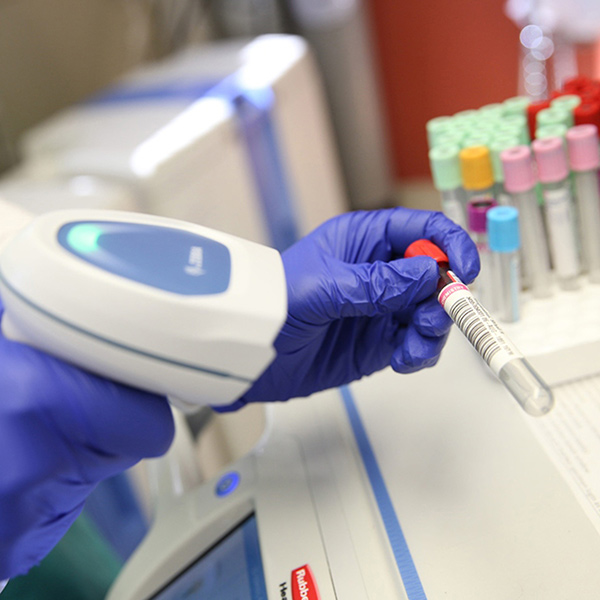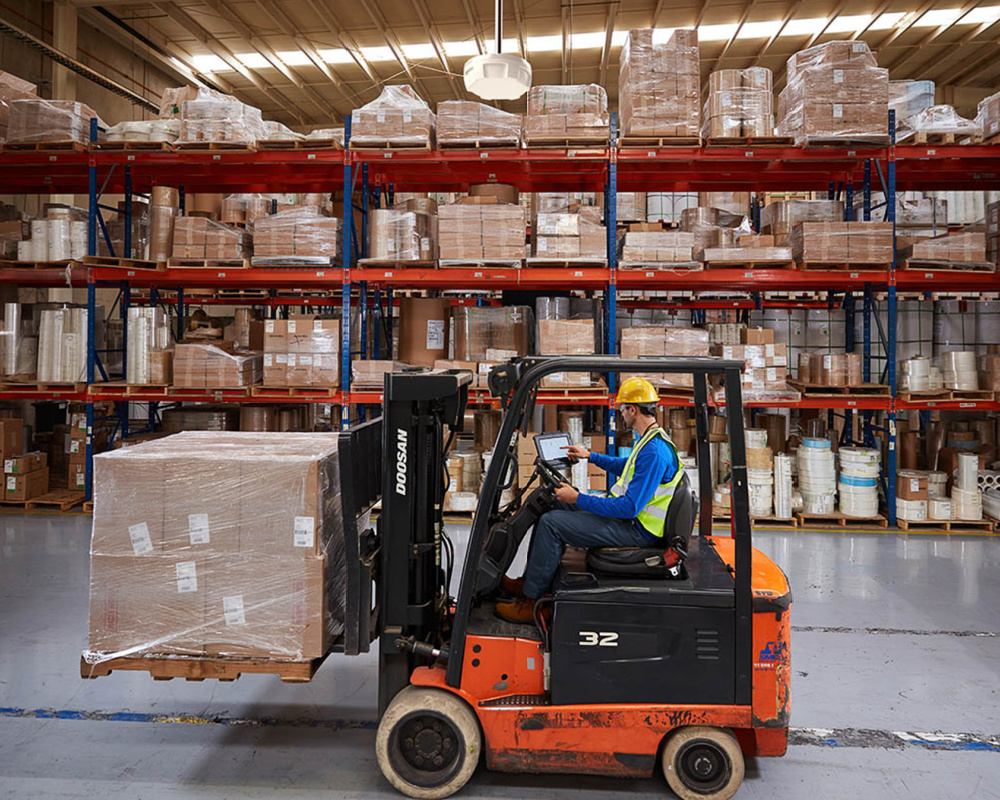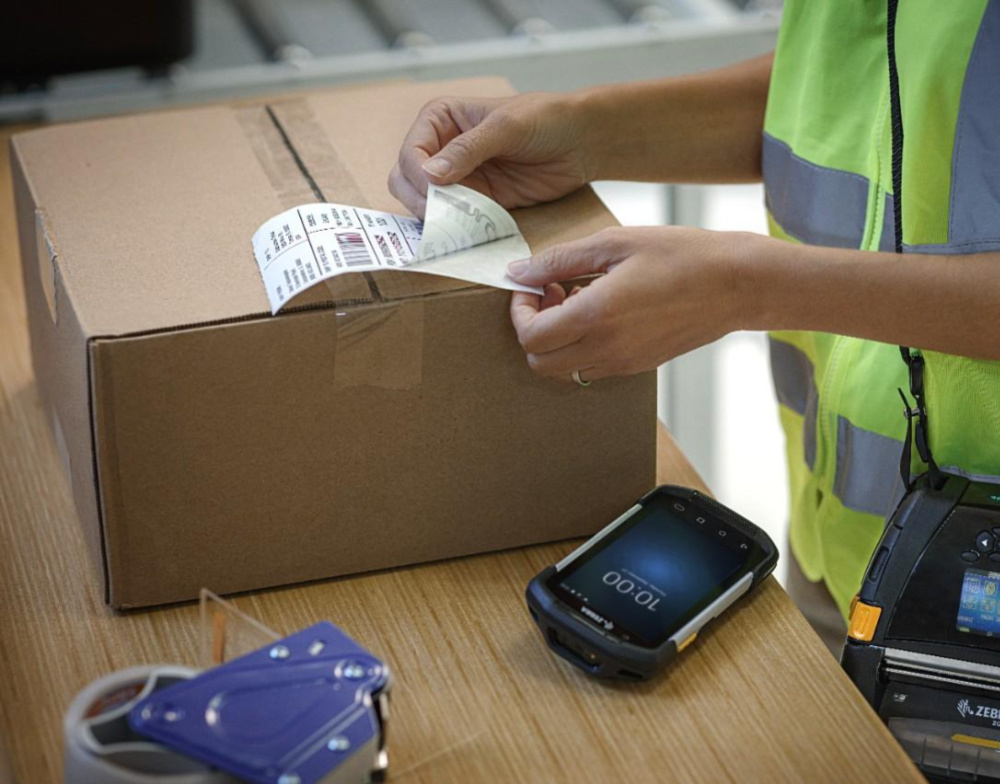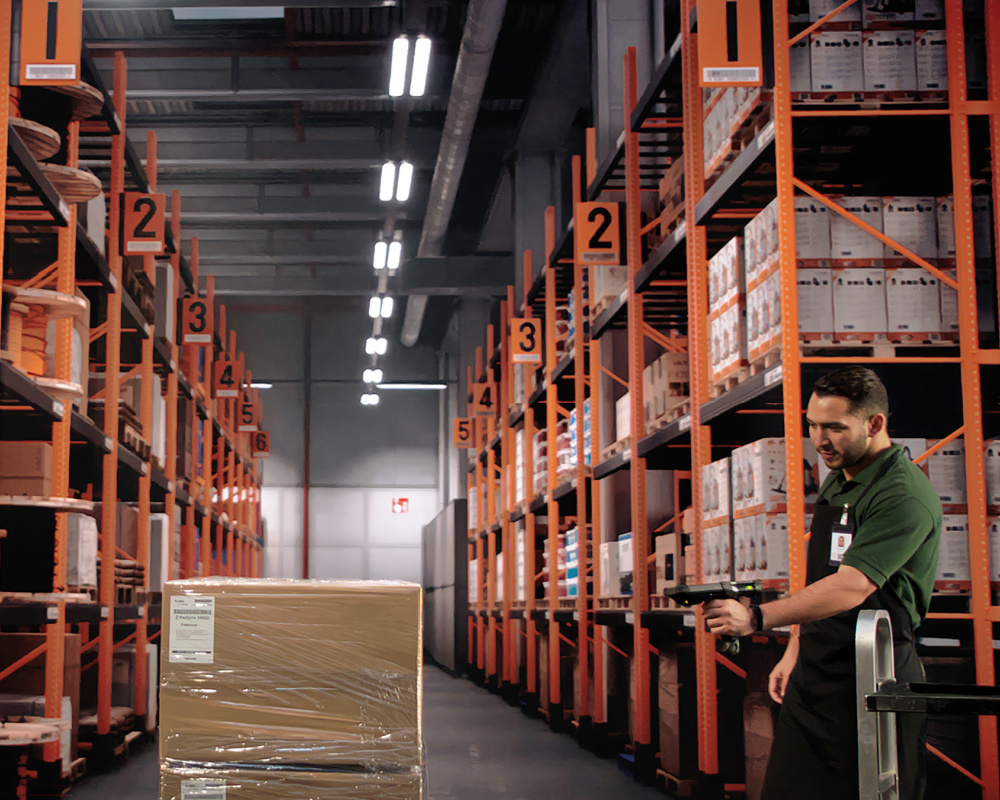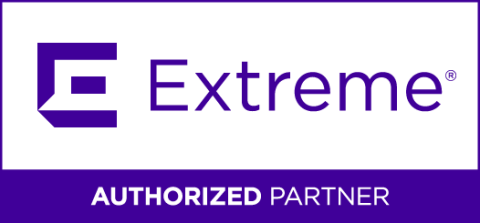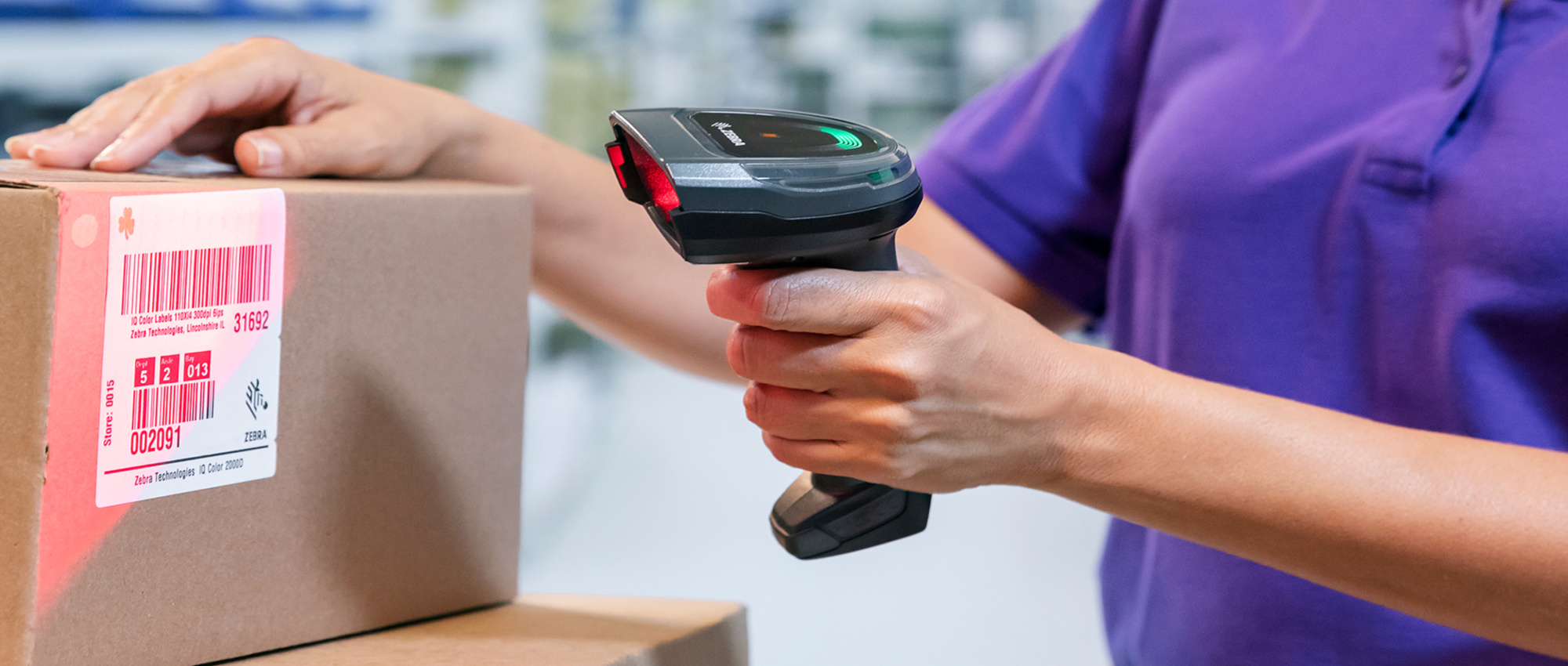
6 Things you need to Consider Before Choosing a Barcode Scanner
In the fast-paced world of modern business, barcode scanners have evolved from mere tools into pivotal assets for accurate inventory management, swift order processing, and efficient data capture. The right barcode scanner can significantly enhance your operational efficiency, while the wrong choice might lead to bottlenecks and errors. In this comprehensive guide, we will explore six crucial factors that demand your attention when selecting a barcode scanner, ensuring you make a choice that aligns perfectly with your unique business needs.
In this article:
-
Scanning Technology – Laser vs. Imaging
-
Environmental Conditions and Durability
-
Connectivity and Compatibility
-
Scanning Distance and Angle
-
Volume and Speed of Scanning
-
Total Cost of Ownership (TCO)
Key Takeaways:
-
Matching Scanning Technology to Needs: Understanding your scanning requirements is crucial. Decide whether you need a laser scanner for 1D barcodes or an imaging scanner for 2D barcodes and versatility. Tailoring the scanner’s technology to your specific needs ensures accurate and efficient data capture.
-
Adapting to Environmental Conditions: The environment in which the barcode scanner operates influences its durability. Rugged scanners with high Ingress Protection (IP) ratings are suitable for harsh conditions, while sleek designs are ideal for controlled settings. Choose a scanner that withstands your environment’s challenges for longevity.
-
Prioritizing Connectivity and Compatibility: Ensure seamless integration with your existing systems. Wireless connectivity options like Bluetooth or Wi-Fi provide mobility, while compatibility with Point-of-Sale (POS) systems and software streamlines data flow. Choosing a scanner that syncs effortlessly with your technological ecosystem enhances efficiency and accuracy.
1. Scanning Technology – Laser vs. Imaging
Understanding the scanning technology at the core of a barcode scanner is paramount. Laser scanners are adept at reading traditional 1D barcodes, making them suitable for controlled environments. On the other hand, imaging scanners can read both 1D and 2D barcodes, offering versatility for diverse applications. Consider the nature of the barcodes you’ll be dealing with and the scanning range required for your operations.
Laser vs. Imaging:
Laser Scanners: Traditional precision laser scanners utilize a beam of light to read barcodes. They’re adept at reading 1D barcodes, like those found on products and packaging. These scanners offer high accuracy in controlled environments and are best suited for scenarios where barcodes are well-defined and in standard orientations. Laser scanners are ideal for retail environments, where products have clear and consistent barcodes. For instance, in a bookstore, laser scanners ensure efficient checkout processes by quickly scanning ISBN barcodes on books.
Imaging Scanners: Imaging scanners, also known as area imagers, capture an image of the barcode and then decode it. These scanners are more versatile, as they can read both 1D and 2D barcodes, such as QR codes. They also excel in reading damaged or obscured barcodes. Imaging scanners are invaluable in dynamic environments like warehouses or healthcare settings. Imagine a pharmaceutical warehouse: imaging scanners effortlessly handle various barcodes on medication packages, ensuring accurate inventory management.

Key Considerations for Your Choice:
-
Nature of Barcodes: Evaluate the type of barcodes you encounter. If you deal primarily with traditional 1D barcodes, a laser scanner might suffice. However, if your operations involve 2D barcodes or the potential for damaged codes, an imaging scanner offers versatility.
-
Operational Environment: Consider the settings in which the scanner will be used. For controlled environments like retail, a laser scanner can provide accuracy. In more dynamic or rugged environments, such as warehouses or healthcare, the adaptability of imaging scanners might be better suited.
-
Versatility: Imaging scanners excel in reading a variety of codes, including those on smartphones or digital screens. If you envision scenarios where customers present digital barcodes, an imaging scanner can cater to this demand.
-
2. Environmental Conditions and Durability
Evaluate the environments in which your barcode scanner will operate. Robust settings like warehouses or manufacturing floors demand rugged scanners with Ingress Protection (IP) ratings to shield against dust, moisture, and accidental drops. Conversely, a retail setting might prioritize a sleek design that complements the aesthetic appeal.
Assessing Your Working Environment:
Understanding Potential Hazard: Before delving into scanner options, understand the conditions in which the scanner will operate. Is it a controlled retail setting, a bustling warehouse, or an outdoor distribution center? Identifying potential hazards like dust, moisture, temperature fluctuations, and impact risks is paramount.
Tackling Tough Conditions: Rugged scanners are designed to thrive in challenging environments. These scanners boast high Ingress Protection (IP) ratings, safeguarding against dust, water, and drops. They are engineered to withstand the rigors of industrial settings, where equipment encounters heavy use and potential mishandling. Imagine a manufacturing plant where machinery generates dust and vibrations. Rugged scanners can seamlessly scan barcodes on parts despite adverse conditions, ensuring inventory accuracy.
Sleek Design for Retail Settings: In contrast, retail environments prioritize aesthetics alongside functionality. Sleek and ergonomic designs blend seamlessly with the store’s ambiance, offering an unobtrusive and user-friendly experience. While they might not have the same rugged features, these scanners suit well-controlled settings. Consider a high-end boutique with limited counter space. A sleek barcode scanner efficiently scans products without compromising the store’s visual appeal.
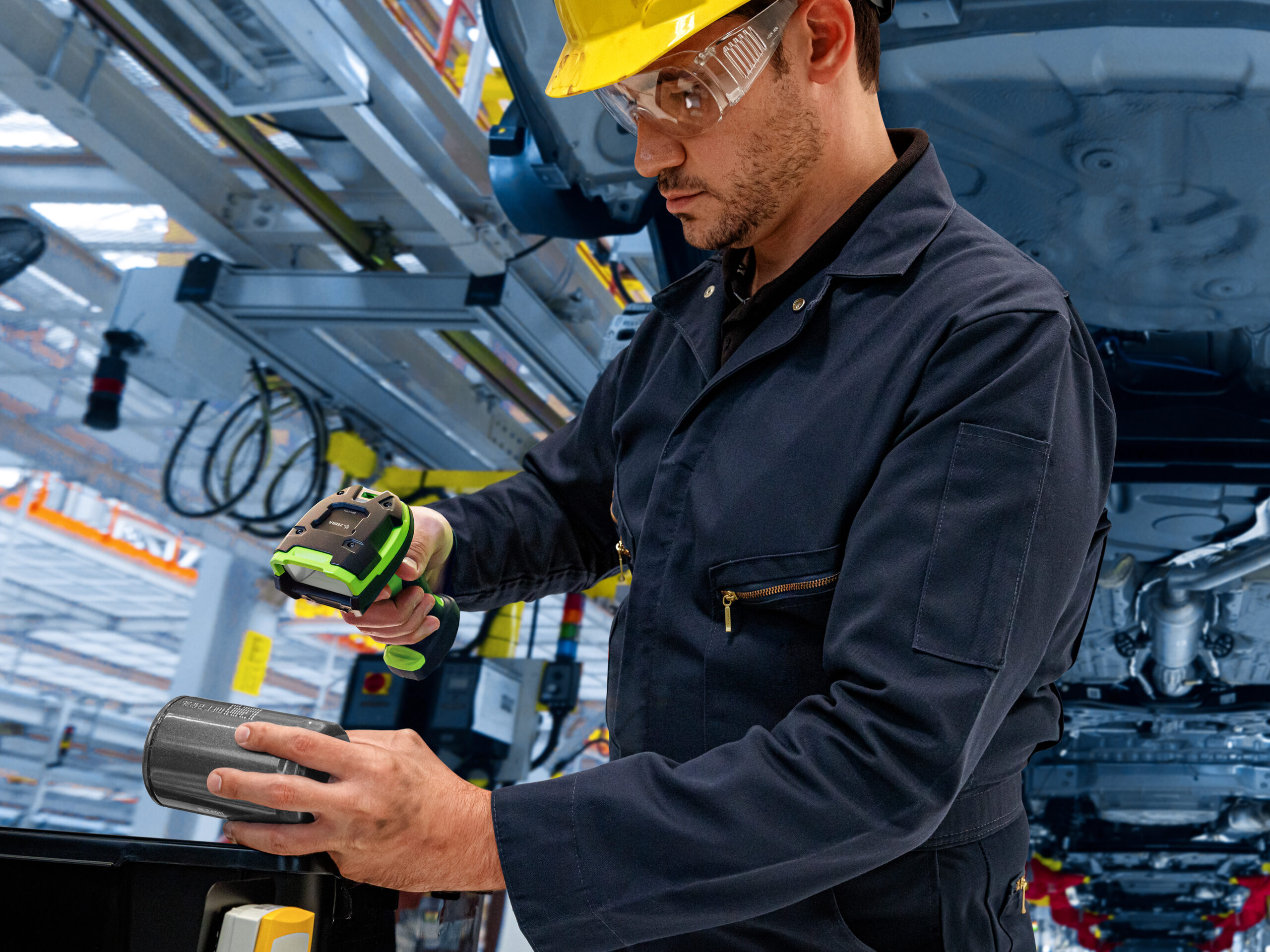
Key Considerations for Your Choice:
-
Environmental Factors: Identify the environmental challenges your scanner will face. If your operations involve outdoor activities or harsh industrial settings, a rugged scanner is the logical choice. For indoor retail settings, an elegant and ergonomic design may suffice.
-
Durability: Prioritize durability based on usage. In a high-traffic warehouse, investing in a rugged scanner ensures longevity and minimal downtime due to equipment failure. For a controlled retail environment, a sleek design can complement the customer experience.
-
Future Expansion: Consider your business’s growth trajectory. If you plan to expand into more demanding environments, investing in rugged scanners upfront can save costs in the long run.
-
3. Connectivity and Compatibility
Integration with Existing Systems:
Ensuring Seamless Integration: Your barcode scanner should be a harmonious addition to your existing infrastructure. This includes compatibility with Point-of-Sale (POS) systems, inventory management software, and other critical tools. Seamless integration ensures smooth data flow and minimizes operational disruptions.
Wireless Connectivity: Modern barcode scanners offer wireless connectivity options like Bluetooth or Wi-Fi. Wireless scanners provide mobility and flexibility, allowing your workforce to move around freely while staying connected to your systems. Consider a large warehouse where employees need to scan items on multiple shelves. Wireless barcode scanners enable them to move efficiently without being tethered to a specific location.
Mobile Device Integration: Incorporating barcode scanners into mobile devices, such as smartphones or tablets, can streamline operations. Mobile scanning apps can turn these devices into powerful barcode scanners, allowing you to leverage existing technology. Imagine a retail environment where employees use their smartphones to scan barcodes for inventory checks. This mobile integration accelerates processes and reduces the need for additional devices.
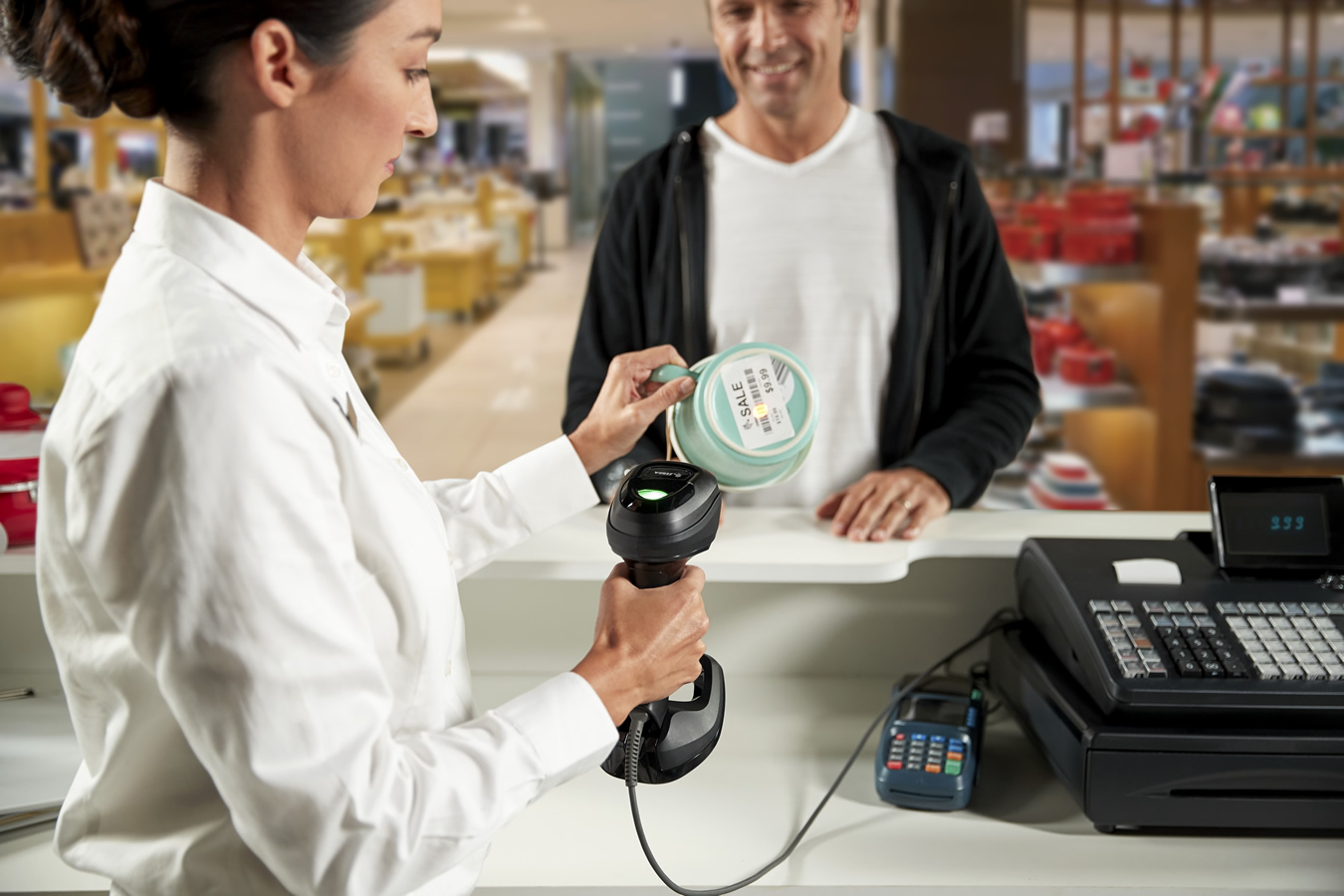
Key Considerations for Your Choice:
-
System Compatibility: Ensure the barcode scanner seamlessly integrates with your existing software solutions, be it a POS system, inventory management software, or mobile apps.
-
Wireless Connectivity: Evaluate the need for wireless connectivity. In fast-paced environments like warehouses, wireless barcode scanners can significantly improve productivity.
-
Mobility Requirements: If your operations involve a lot of movement, consider barcode scanners that integrate with mobile devices. This approach enhances flexibility and convenience.
-
4. Scanning Distance and Angle
Carefully assess the required scanning distance and angle for your tasks. Will you be scanning barcodes from a distance, in confined spaces, or at varying angles? Opt for a scanner equipped with an appropriate focal range and wide-angle capabilities to accommodate your operational requirements.
Understanding Optimal Scanning Performance:
Scanning Range: The scanning range refers to the distance at which a barcode scanner can accurately read a barcode. The ideal scanning range depends on the nature of your operations. A longer scanning range might be needed in larger spaces like warehouses, while shorter ranges may suffice for retail counters. Imagine a large supermarket where products are stacked on high shelves. A barcode scanner with an extended scanning range ensures that items can be scanned without the need for physical manipulation.
Scanning Angle: The scanning angle refers to the field of view within which a barcode scanner can read barcodes accurately. A wider scanning angle is valuable when dealing with items placed at various orientations. Consider a manufacturing facility where barcodes are affixed to products from multiple angles. A barcode scanner with a wide scanning angle ensures that no matter how an item is placed, it can be scanned without repositioning.
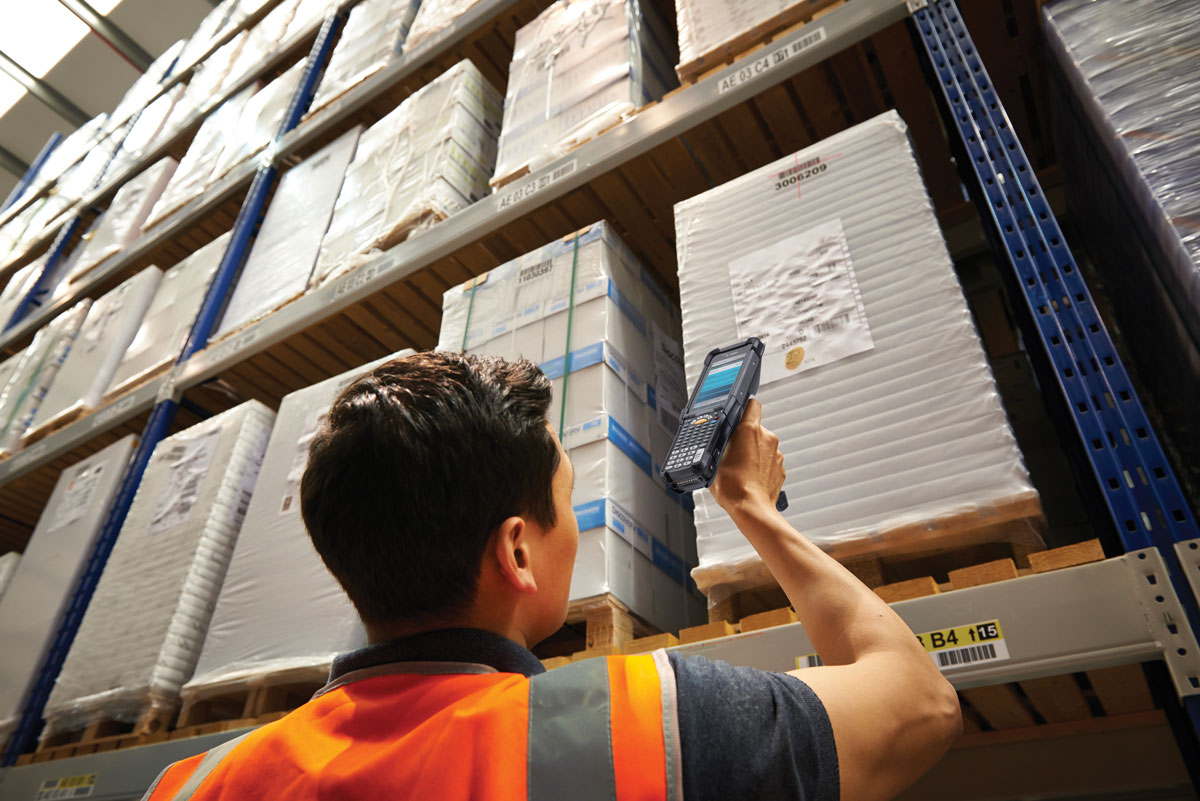
Key Considerations for Your Choice:
-
Operational Environment: Evaluate your workspace to determine the scanning range and angle required. Warehouses with high shelves might necessitate longer scanning ranges, while environments with varied barcode orientations could benefit from wider scanning angles.
-
Future Needs: Consider potential changes in your operations. If expansion or rearrangement is in the cards, selecting a barcode scanner with adaptable scanning capabilities can prevent the need for frequent replacements.
-
Ease of Use: Opt for a barcode scanner that can efficiently handle the scanning distances and angles relevant to your operations. A device that requires constant adjustments to capture barcodes can lead to inefficiencies.
5. Volume and Speed of Scanning
Tailor your choice to the volume of scanning your operations demand. High-volume scenarios necessitate scanners with rapid scanning abilities and ergonomic designs to mitigate user fatigue. Conversely, in lower-volume environments, a handheld scanner might suffice.
What does your Organization Require?:
Volume of Scanning: Volume refers to the number of items you need to scan on a daily basis. Different industries and settings have varying scanning demands. Assess your operations to understand whether you deal with a high, medium, or low volume of items that require scanning. In a busy retail environment, barcode scanners need to swiftly process numerous items per minute during peak hours. On the other hand, a library’s lower scanning volume means that speed might not be the primary focus.
Speed of Scanning: Scanning speed is closely tied to operational efficiency. High-speed barcode scanners are essential for scenarios where time is of the essence. However, speed must be balanced with accuracy to prevent errors. Consider a distribution center where packages need to be scanned rapidly as they move along conveyor belts. Here, high-speed barcode scanners ensure parcels are tracked accurately and efficiently.
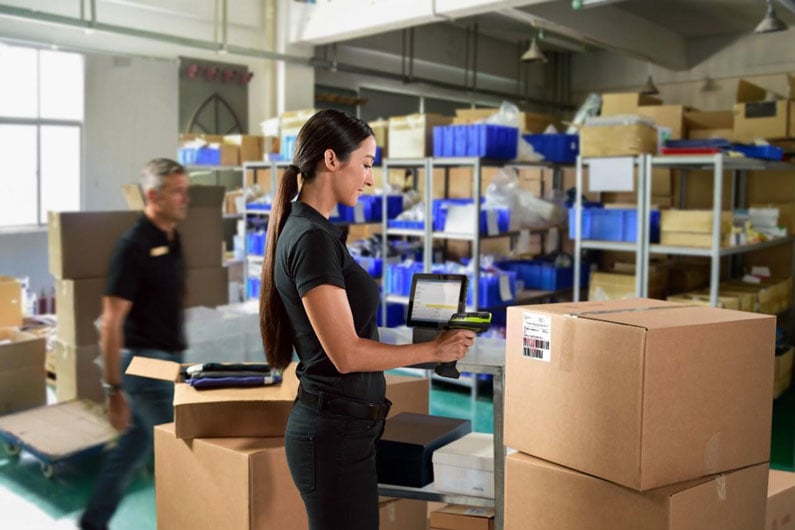
Key Considerations for Your Choice:
-
Operational Demands: Assess your operational environment to determine whether high-speed scanning is essential. In environments with a high volume of items to scan, opting for a faster scanner can prevent bottlenecks.
-
Accuracy: While speed is vital, accuracy should not be compromised. Striking the right balance between speed and precision ensures efficient operations without compromising data integrity.
-
Ergonomics: For high-volume scanning scenarios, ergonomic design is critical. A well-designed scanner can minimize user fatigue during prolonged scanning sessions.
6. Total Cost of Ownership (TCO)
A holistic evaluation that goes beyond the initial purchase price is essential. Factor in ongoing maintenance, battery life, and available support. Although a premium scanner might entail a slightly higher upfront cost, it can translate into long-term savings through enhanced durability and minimized downtime.
Intricacies of TCO for Barcode Scanners:
Beyond the Initial Purchase: TCO goes beyond the price tag of the barcode scanner. It encompasses various factors, such as maintenance, repairs, upgrades, and even the potential cost of downtime if the scanner malfunctions.
Durability and Longevity: Investing in a higher-quality, durable barcode scanner might have a higher upfront cost but can lead to reduced maintenance and replacement expenses over time. These scanners often come with warranties and extended lifespans. Imagine managing a busy warehouse. A rugged, high-quality barcode scanner might initially cost more but can handle the demanding environment, reducing the need for frequent repairs or replacements.
Maintenance and Support: Consider the costs associated with maintenance, repairs, and technical support. A scanner from a reputable brand might come with better customer support and resources to address any issues that arise. In a healthcare facility, where barcode scanners are used constantly, opting for a scanner with comprehensive support can ensure uninterrupted operations and minimal downtime.
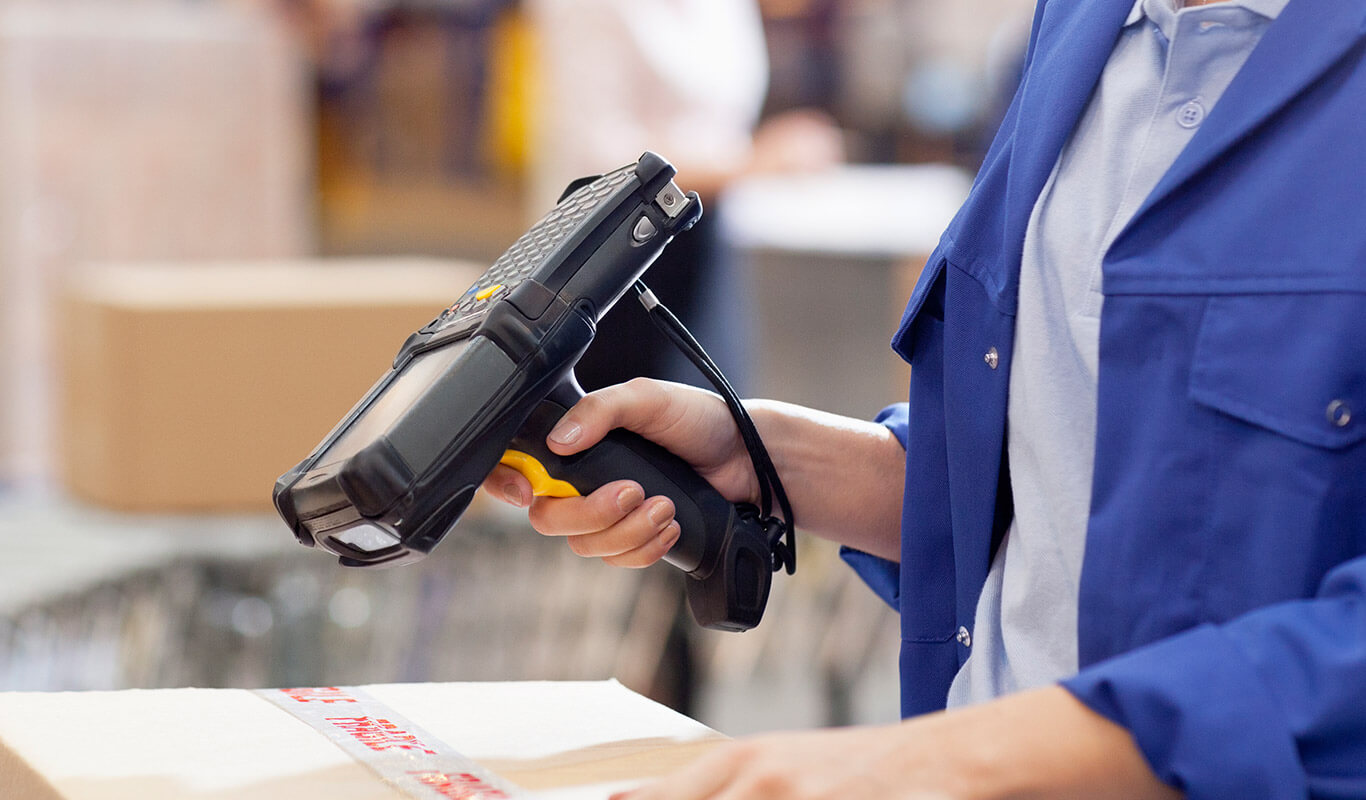
Key Considerations for Your Choice:
-
Long-Term Savings: Consider how a higher-quality scanner with a slightly higher upfront cost can save money in the long run through reduced maintenance and replacement expenses.
-
Warranty: A longer warranty period can provide peace of mind and financial protection against unexpected malfunctions.
-
Technical Support: Invest in a scanner from a reputable brand that offers comprehensive technical support. This can save costs associated with downtime and repairs.
Take Action Today!
Selecting the ideal barcode scanner transcends a mere purchasing decision, it’s a strategic move that can define your operational efficiency and accuracy. By delving into details such as scanning technology, durability, compatibility, scanning range, speed, and TCO, you ensure your choice resonates with your business’s unique demands. Remember, a well-chosen barcode scanner isn’t just a tool, it’s a cornerstone investment that empowers your business to thrive amidst modern challenges. Take action today and Contact a ValuTrack Technology Specialist to learn more about how we can help you choose the right barcode scanner for your business needs.
